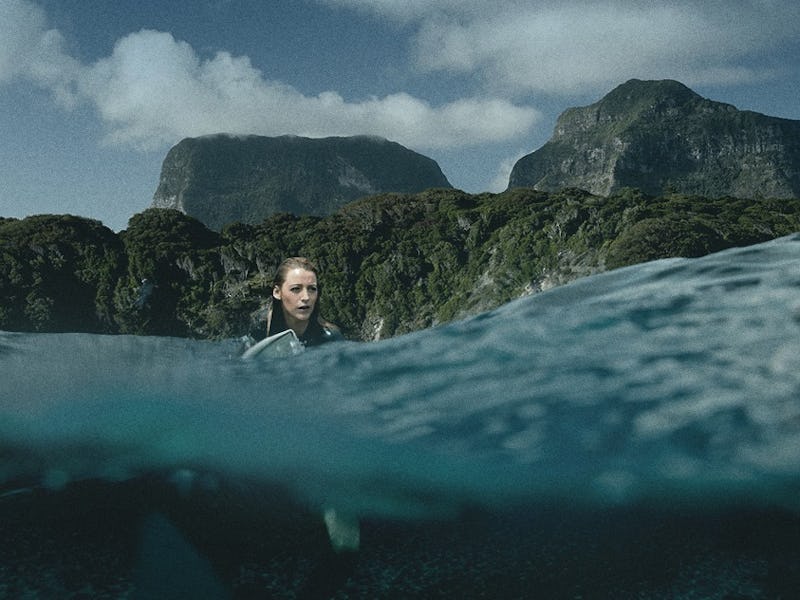Power Ranking Movie Sharks
Scary 'Blue Crush' is getting mixed reviews, but it's hitting some of the right notes when it comes to shark behavior.

Out today, Blake Lively’s new film The Shallows tells the story of a surfer who finds herself in hot water when she’s bitten by a Great White shark. Reviews about the film itself have been mixed, but regardless of the film’s narrative success, it does get a few things about shark attacks and shark behavior surprisingly right. So let’s look at where Scary Blue Crush can teach us a few things about the way that Great White sharks behave.
First, it’s important to understand that sharks — even Great White sharks — are not all that into humans. They’re not hungry for human flesh, and we aren’t what you might call “appealing” to them. It’s not as if Great White sharks are on the lookout for human prey and jump at the chance to take off an arm or a leg.
“Humans are not on their menu, never have been,” says Shark Research Institute Executive Director Marie Levine. “Sharks learn by exploring their environment. They’re born with a certain amount of instinct, as all animals are, and then they learn by exploring. And most bites on humans by Great White sharks are by juveniles. Predatory attacks occasionally happen, but that’s very rare.”
Because sharks don’t have hands, they explore with their mouths and teeth, meaning that when they don’t know what something is, their discovery process can be a little, er, shall we say “invasive.”
But it’s not a case of Great White sharks looking for a meal and deciding on humans. Sharks are really after the prey that they’ve been feasting on for centuries. A perennial fave? Seals.
In a study called “Hunting patterns and geographic profiling of white shark predation,” Dr. Neil Hammerschlag and his coauthors analyzed the attack and predation patterns of white sharks near Seal Island in False Bay, South Africa. They found that the manner in which sharks attacked seals wasn’t random, but that sharks attacked at certain and recurring points where they found the most success.
Moreover, Hammerschlag and his coauthors found that though sharks don’t have dens or burrows, they may hunt and attack around specific anchor points. In the paper, Hammerschlag et al. say, “The geoprofile peak, corresponding with the most probable location of the anchor point or search base, is not at LP [Launch Pad], the seals’ primary entry and exit point from the island; rather, it occurs 100 m south, in an area with an average depth of about 24 m.”
For the most part, the white sharks here frequented hunting grounds that weren’t too terribly far away from shore in water that wasn’t terribly deep. Sure, they weren’t exactly swimming right up onto the beach, but Seal Island is proof of concept: White sharks can and do venture into relatively shallow water near shore to hunt. What’s more, though white sharks have been found in pretty deep waters, for the most part, these sharks live in coastal areas that aren’t too far from the shore.
What’s also pretty accurate about The Shallows is who, exactly, is being attacked. It turns out that surfers are pretty vulnerable to attacks. The Shark Research Institute also maintains the Global Shark Attack File, which uses medical files to keep a record of shark attacks worldwide.
“Most of the attacks in the last few decades have been on surfers,” Levine says, “and in part that’s because surfers are moving, as a rule, further from shore than swimmers. Also, a shark has very different body language if it feels threatened. It will move a certain way, lowering its fins, but a surfer can’t see that, whereas a scuba diver can. There are very few bites on scuba divers.”
Whether or not The Shallows is a great film or gets the rest of shark science correct remains to be seen. Even so, there’s some truth to be found in terms of the behavior of white sharks. Great White sharks do frequent relatively shallow water, and though they’re not looking for a feast of human flesh, a surfer caught in the wrong place at the wrong time might find themselves particularly vulnerable to an attack.